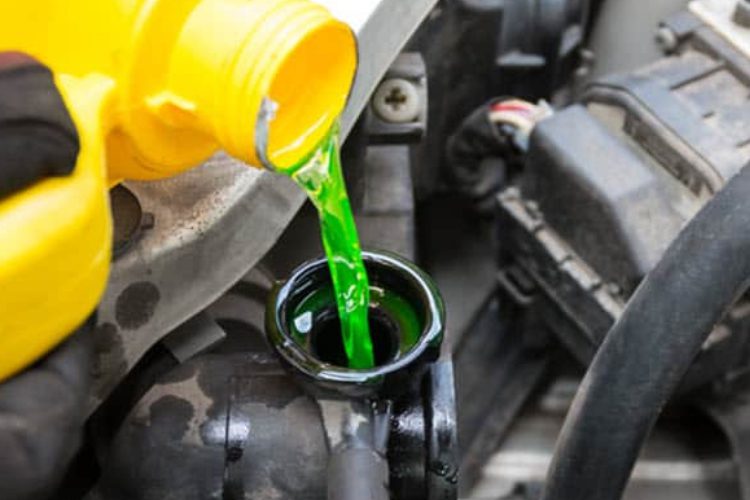Check Engine Light Still On After Filling Coolant: Causes & Fixes
So the low coolant check engine light showed up and you responded by topping off the coolant. But the problem is the light will still not go away. Why doesn’t the light just go away?
The check engine light still on after filling coolant is usually due to a compromised coolant level sensor (it could be faulty or stuck). Further diagnosis by a reputable auto mechanic repair shop will be required to uncover what the issue is and what needs to be replaced.
Read more about the check engine and coolant level below, including why the light doesn’t go off after topping off the coolant, why the light comes on when coolant is low, and so much more.
Why is the check engine still on after filling coolant
When you have the check engine light for low coolant, your expectations are that it will go off immediately after you fill coolant to your car radiator.
Unfortunately, this may not happen and the engine light may not reset, even after driving for some miles.
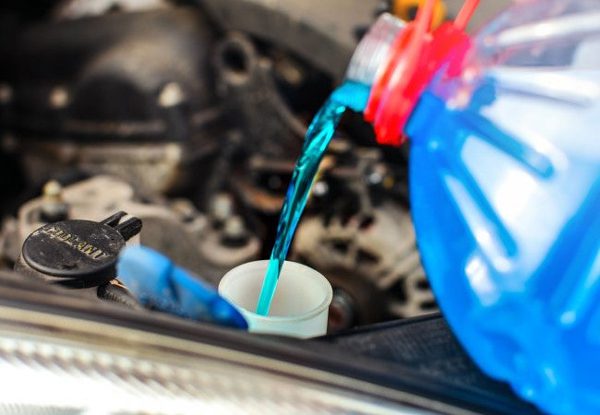
The most common reason this happens is due to a default coolant level sensor. The work of this sensor is to regulate the combustion engine’s internal temperature. The sensor is usually immersed inside the coolant reservoir/overflow tank to effectively monitor the coolant level.
When coolant runs low and can’t offer effective protection to engine internal heat, the sensor becomes compromised, and a check engine light shows up.
So, will filling the radiator with coolant solve the issue? This may only work to reset the light if no damage has been done to the sensor or thermostat. You may try topping off the radiator with proper antifreeze to see if it helps.
You may want to give your car some time to see if the light will go away after you’ve topped off the coolant.
Drive your vehicle for a few hours with the operating temperature of your vehicle at normal levels. This will give the sensor time to communicate to the computer and, hopefully, reset the CEL.
If the light just doesn’t reset, then you should take your car to your auto repair shop to have it diagnosed to find out what’s causing the light to illuminate.
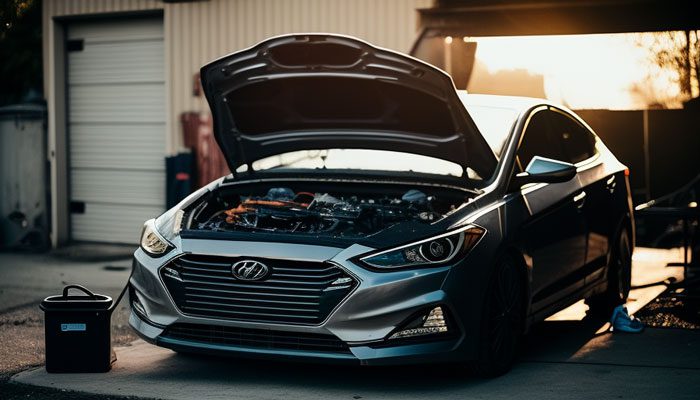
In most cases, the mechanic will point out a compromised sensor as the issue, which if replaced will make the light clear up.
Additional issues that could be causing the light not to reset even if you have lots of coolant include pinched hoses, a plugged-up radiator, failed water pump, a hole in the radiator, a hole in the hose, or the radiator fan not functioning properly.
We don’t recommend you ignore the light and keep driving the car. In case the car overheats, continuing to operate it risks doing more damage to it, which will cost you more money. For instance, you could easily blow up the head gasket.
Should you continue driving with check engine light on after filling coolant?
No. We advise against operating your vehicle if the check engine light is on after filling coolant. Consider stopping as soon as possible or when it’s safe to do so.
As we explained earlier, the CEL triggered by the coolant sensor simply warns that the engine temperature is running high, and tells you to take immediate action.
If you ignore this light and continue driving your car, then your engine may get an internal temperature that’s too high that it causes permanent damage, leading to expensive repairs.
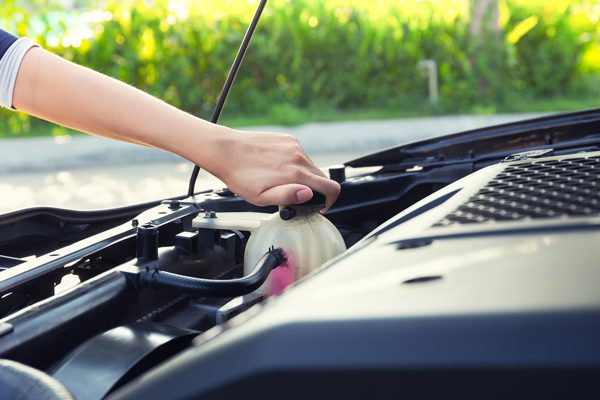
Stopping and letting the engine cool down would be a wise decision. Give the engine approx. 30 minutes to completely cool down before you open the hood for inspections.
If you try opening the radiator cap or coolant reservoir when the engine is still hot, you risk high-pressure steam rushing out and burning you!
Once your engine has cooled down, you can then proceed to carry out inspections of your radiator for possible problems.
Can too much coolant cause check engine light
No. Excess coolant in your radiator cannot cause the check engine light to come on. If you have fed excess coolant to your radiator, the excess will go through the overflow pipe and spill onto the ground until the coolant level is okay.
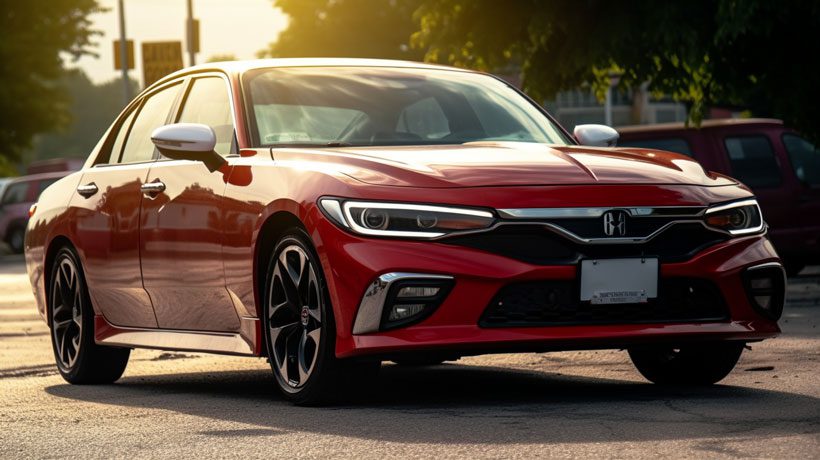
This process of removing excess coolant will not cause any issues to your engine and offset the CEL.
If you have CEL after overfilling your radiator with coolant, it could be another issue such as a bad thermostat or your car overheating.
We advise you to have to use a code scanner to pull out the error codes in your vehicle computer. This will help you find out why the light is illuminated. Alternatively, you can take your car to your local auto repair shop to have it diagnosed.
Can a coolant leak cause check engine light?
Yes! A leak will highly likely cause low coolant levels, thus offsetting the coolant level sensor and triggering the check engine light to come on.
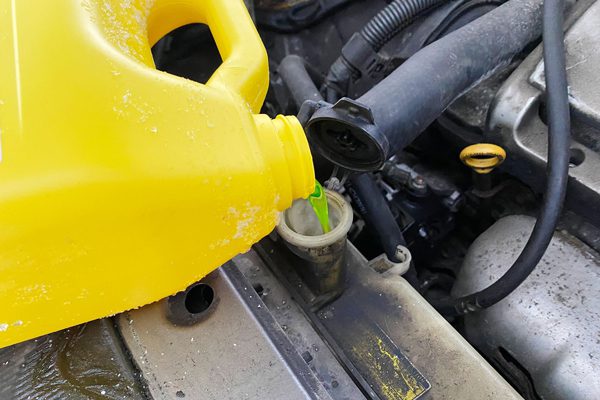
If you find out that you have low coolant, you should inspect your radiator for a hole causing the leak. Also, check if there’s any coolant fluid under your car (this is a surefire sign of a leak).
If there isn’t, the leak could be internal (i.e., going to the engine, probably due to a gasket failure). This kind of leak can cause damage to the sensors.
In this case, you should have your car checked by a mechanic. They’ll read the error codes and find out why the check engine light came on.
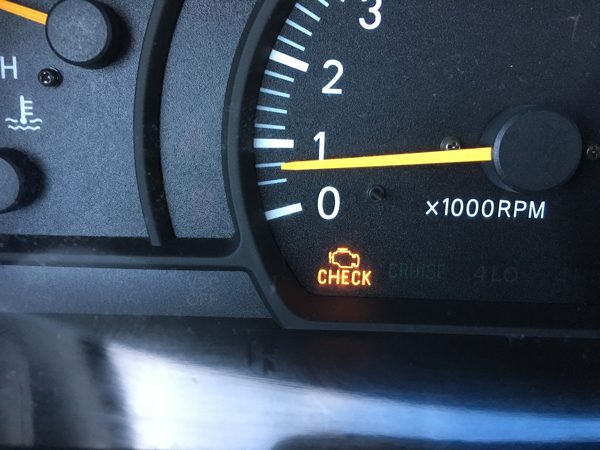
A coolant leak costs between $100 to $900 to fix, depending on how severe it has gotten. The earlier you catch the leak and get a mechanic to fix it, the less you’ll spend on repairs.
Can low coolant cause engine light to come on?
Absolutely! Low coolant in your car radiator can trigger the check engine light to let you know your engine is overheating.
When the coolant runs low, it affects the engine’s internal temperature, which is under protection by the antifreeze.
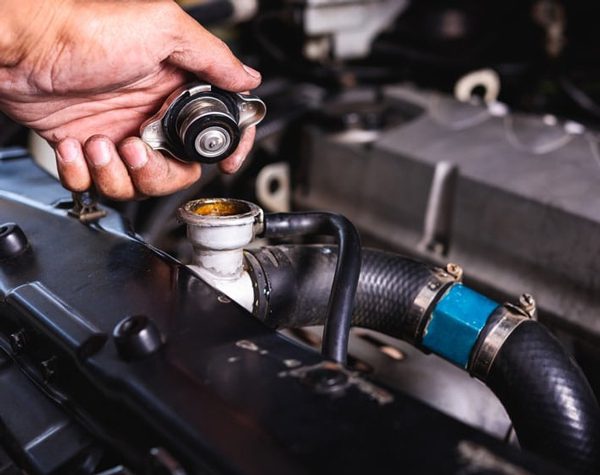
When the coolant levels are too low to offer effective protection to engine internal temperature, the coolant sensor will detect it and send a false reading to the engine control computer
When the computer detects this issue, in your vehicle coolant system, the coolant sensor fails to report the necessary voltage signal from the computer—this causes the check engine light to come on.
What does it mean when my coolant light comes on for a few minutes, and then goes away once I start driving?
This could be due to low coolant. The engine coolant usually has variable volume that changes with temperature. It takes up less space when it’s cold, so it could be below the sensor level.
When you start your car and the engine warms, it reaches a higher temperature and expands to reach up to the sensor level and flood it.
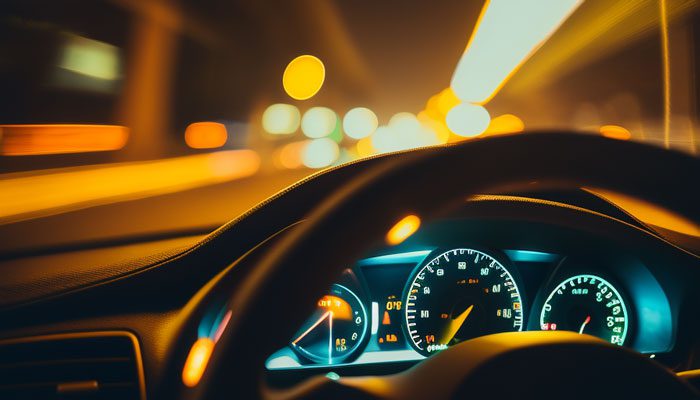
If you experience this issue, therefore, you should start by checking the coolant levels when the engine cools down and fill it accordingly.
What if the coolant level is okay? In this case, it means your cooling system may have a problem and you should have it checked by a mechanic as soon as possible before it can lead to more serious problems in the future.
Why does the coolant light come on after adding a new radiator?
If you just replaced the radiator and got the check engine light, you’d want to inspect the temperature sensor.
Assuming the radiator is bigger or features more cores, it will affect the temperature. The sensor is usually positioned inside the radiator or next to the thermostat.
There are other possible causes such as the presence of air in the coolant system which can easily cause offset the check engine light.
The radiator could also be unplugged, or you didn’t transfer the level sensor in the old radiator to the new radiator.
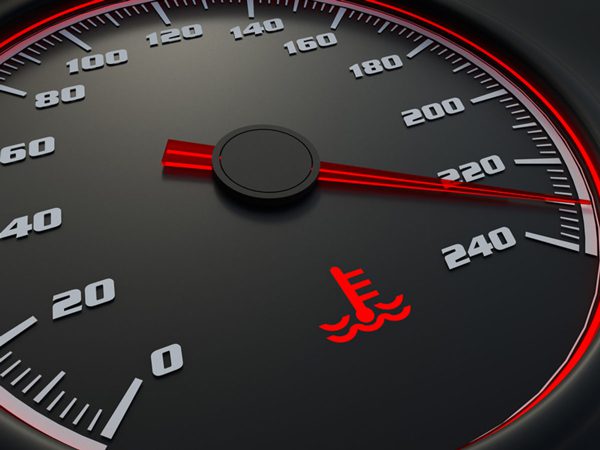
If your car was diagnosed and repaired by a repair shop, you should go back to the shop for further help. Or you can visit a more component auto mechanic shop.
If you’re experiencing a check engine light after filling coolant, there could be several reasons behind it. One possible cause is a coolant leak, which can cause the engine to overheat and trigger the check engine light to come on. However, if you have already checked for leaks and the light is still on, you may want to consider other causes, such as issues with the sensors or other components of the engine. Our articles on troubleshooting check engine light issues can provide valuable insights into the problem. For example, if you experience a check engine light after changing your air filter, our article on after air filter change may be helpful. This article covers common causes and solutions for check engine light issues that arise after changing your air filter. Similarly, if you’re experiencing a check engine light after changing your spark plugs, you may want to read our article on after spark plug change. This article discusses potential causes and solutions for check engine light issues that arise after changing your spark plugs. Take a look at these articles for expert advice on diagnosing and fixing check engine light issues.FAQs:
1. Why is my coolant light on but coolant full?
Your coolant light is on when the coolant is full probably due to a bad coolant level sensor. This causes the engine to overheat, causing the computer to trigger the check engine light. Other possible causes for the light to illuminate include a coolant leak, cracked block or air gasket, compromised water hose, plugged-up radiator, radiator fan not working well, or a faulty water pump.
2. Should I run engine after adding coolant?
Yes, you should run your car engine after adding coolant for a few minutes to remove any air bubbles and help circulate the coolant. However, make sure your car engine is off when adding coolant to avoid irregular reading levels caused by heat and even possible burns.
3. How long after adding coolant can you drive a car?
You can drive your car immediately after adding coolant, provided you have filled it up to the required level. If your engine has overheated, however, you should give it at least 15 minutes to cool down to prevent causing further damage to the engine.
Final Verdict
It can be frustrating when the check engine light fails to go away after topping off your radiator with coolant. After all, you were confident that after solving this problem the light will reset quickly.
As we have discussed in the above guide, the light may fail to reset to a bad coolant level sensor or if your car is running too hot and overheating. Other possible causes include pinched hoses or holes in the water hose, plugged-up radiator, failed water pump, or holes in the radiator.
We advise you to take your vehicle to a reputable auto mechanic for further diagnosis to find out the underlying problem, get it fixed, and reset the check engine light.

